Preface
In December of this season, and by that I mean 2012, Ryan and I attempted the
South Face of The Tooth as a mixed climb. Attempted may be too strong of a word. Our only mixed climbing experience was
Mt. Thielsen and a couple drytooling trips to
Cougar Mountain. Weather and avalanche conditions were iffy and we had to wait in the basin below the peak for about twenty minutes in order for the mist to clear enough to see which gully to take; the cornice at the top of said gully took us about half an hour to overcome. This involved Ryan hitting it with his trekking-pole and a large portion of it falling on me. We didn’t like the look of the slopes that led around to Pineapple Pass, so we decided to go over the gendarme. It was one of those times when you know you are making the wrong decision, but it is easier to just keep telling yourself not to be a wimp than to actually do what you know you should. Ryan led out of sight over up the mixed ground. It got windy. I got very, very cold. Ryan took a whipper and then bailed off a hex. We went home. We didn’t do any more mixed climbs in bad conditions, that is, until
Chair Peak a couple weeks ago.
Then, just as I thought I would rather hang myself off
Agathla Tower than spend another weekend at
Frenchman Coulee, we got a weather window. The ice season was basically over, the Northeast Slab was bound to be out of condition, so the South Face it was.
The Approach
Leaving the upper Alpental parking lot at 7 am, we made good time to Source Lake and then headed up towards The Tooth, aided, of course, by the clear skies, promising views, and having been there before (we’re going in circles). As we approached the gap that is not Pineapple Pass the snow conditions became decidedly more shitty, and by that I mean icy and weird and difficult in snowshoes with trekking poles. The people whose tracks we had been following apparently elected to turn around at this point, and by all evidence had a wonderful glissade back down to the basin. The cornice itself looked pretty intimidating but this time there was a doable route around to the left, which we followed, and then descended around the gendarme and back up to Pineapple Pass. Because we were too lazy to stop and take off our snowshoes and get out our ice axes this was probably the most delicate, balancy, generally difficult, part of the climb.
![Approach to Source Lake]() Approach to Source Lake
Approach to Source Lake
| ![Approach to The Tooth]() Approach to The Tooth
Approach to The Tooth |
The Climb
Pineapple Pass is very small. It was clear even to us standing there that about half of the flat snowy ground we could see was the top of a gigantic cornice; having been below that cornice, I think three quarters might be a better estimate. Never the less, we stashed our snowshoes, trekking poles, and avy gear before heading up into the sun.
Ryan led the first pitch, I led the second (the joys of a 70m rope). We agreed later that while his was the more difficult, mine was the more fun. The climbing consisted of large blocky holds, wide ledges, and snow covered lower angle terrain. Protection was mostly good, although not always the easiest to find. At one point I passed up two fixed cams for an excellent large nut placement and then had to excavate a horizontal crack to fit in a .5 camelot. There are a couple fixed pitons on route as well, but Ryan skipped them to place one of his new Alien rip-offs. I think he was a little annoyed he couldn’t protect the entire pitch with them. In general I found that passive placements worked better, and because of the positive angle and excellent stances, I had no problem finagling them.
![Fixed Pitons]() Two fixed pitons on the first pitch
Two fixed pitons on the first pitch
| ![Summit Rappel]() Good cord on a horn just below the summit
Good cord on a horn just below the summit
| ![Third Rappel]() We removed this cord from a dangerously dead tree
We removed this cord from a dangerously dead tree |
Somewhat to our surprise, my pitch ended at a slung horn just below the summit, where, around 11, we hung out, ate lunch, enjoyed the view, and debated what to do with the remainder of the day
Sidetrips: An Overview
For once, things had actually gone according to plan and we could enact the “what we’ll do if we have time” ideas that usually amount to counting unhatched chickens.
1. Re-climb the last pitch using a reported 5.6 variation
pros: in mountaineering boots it might actually be interesting/challenging.
cons: we weren’t really sure where it was; there’s not a lot of glory in 5.6.
2. Climb the gendarme and reclaim the hex we left last time
pros: we’d get the hex back.
cons: we didn’t know if it would still be there; we didn’t know exactly where it was from the Pineapple Pass side; Ryan had since acquired several other hexes.
3. Screw around on the Rap Wall, a drytooling area we had hiked past on the way up
pros: it could be fun; with the fixed draws there’s no pressure to finish the pitch
cons: fixed draws are scary (webbing has a short shelf-life at full strength, and repeated lowering can sharpen carabiners enough to cut ropes)
The Descent: What We Actually Did
After opting against the 5.6 variation, partly because we thought I might have led it anyways, we did three rappels down to Pineapple Pass, where we met another group coming up. As they racked up we soloed to the top of the gendarme (class 3-4.small trees) and slung a horn, from which I lowered Ryan in the general direction of the supposed hex placement. After some searching Ryan was able to locate the prodigal hex and then climbed back up to the top of the gendarme, claiming that the move he’d fallen on was probably around 5.9 without snow and ice.
![Cornice on Pineapple Pass]() Rappelling around the cornice
Rappelling around the cornice | ![Below Pineapple Pass]() Ryan pulling the rappel line, with difficulty
Ryan pulling the rappel line, with difficulty | ![Guru]() permadraws on Ghost Dog, M11
permadraws on Ghost Dog, M11 | ![Ghost Dog]() Ryan just off the ground
Ryan just off the ground |
After some rope retrieval issues we rapped down from Pineapple Pass, past the Hugest Cornice Ever, and then walked/glissaded back to the basin. From there we hiked in the general direction of the Rap Wall, hoping at least to check it out. Most of the climbs seemed to be too buried to be worthwhile, but one had fixed draws that looked decent, so we dropped out packs and hopped on. After fighting with it for about half an hour, Ryan was able to complete the first three moves, bringing him to roughly the level of the second draw, which we had clipped from the ground. I gave it a shot and got about as far. Turns out the monster pitch was an M11 route called Ghost Dog that was put up by Roger Strong. Ryan described it as the hardest thing he’d ever tried to do; I felt that the moves he worked out were tough but doable, although I have no idea where to go from there. This, along with the other M7 and M9 lines, is a project to return to.
Evaluation
I feel that our climb of the South Face fully rectified the mistakes we made in December, which were quite disheartening at the time. Most of the difficulty this weekend came from being out of practice rock climbing wearing a full pack and boots. Overall it was a fun, aesthetic, and easy low-fifth class climb that I would not have a problem free soloing in the summer with rock shoes, albeit: with a rope to rappel, because I am not Alex Honnold.


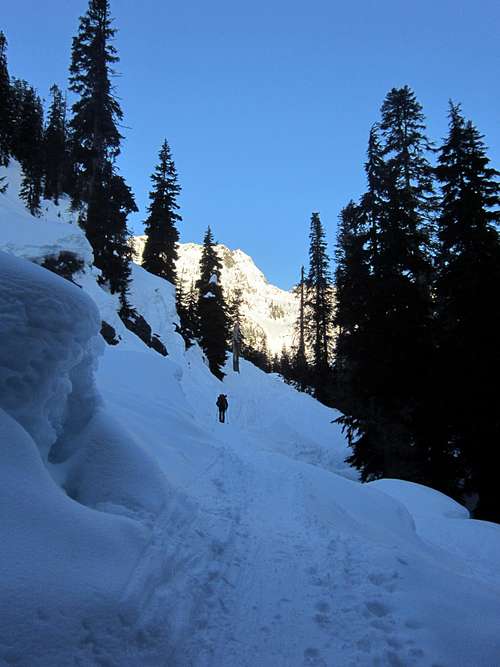


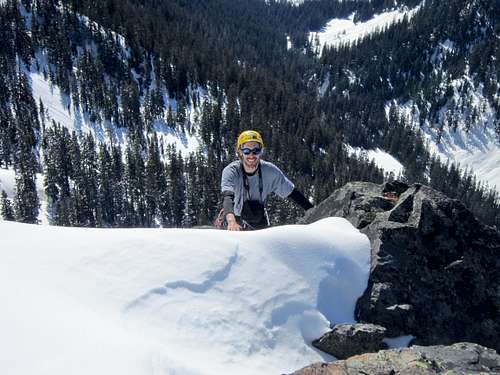
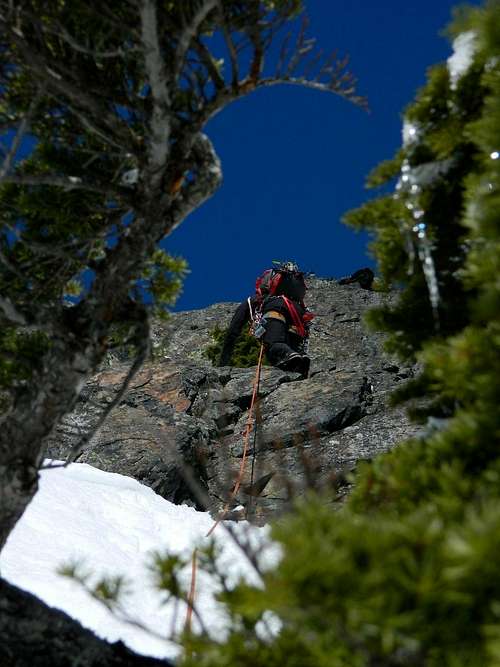
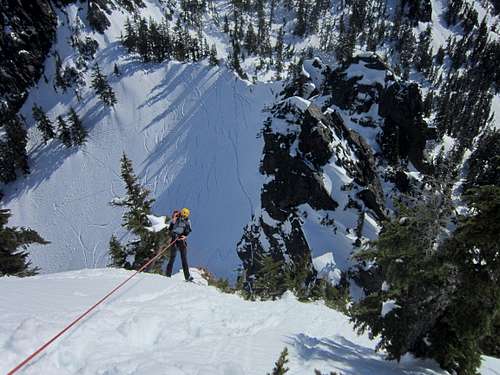
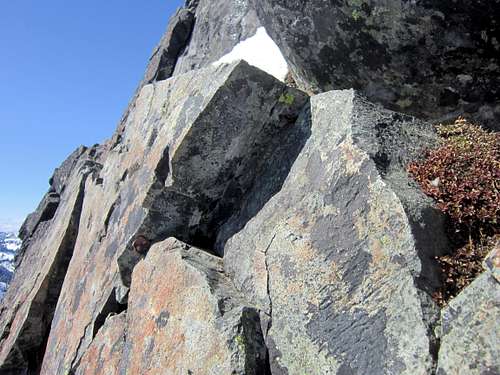
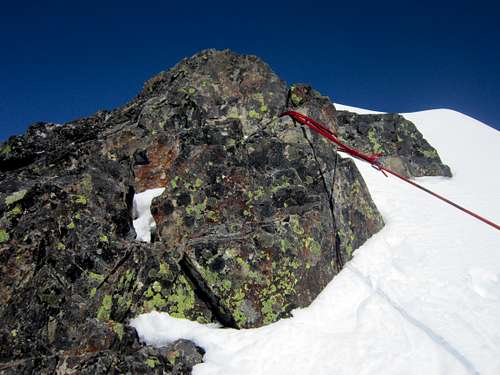
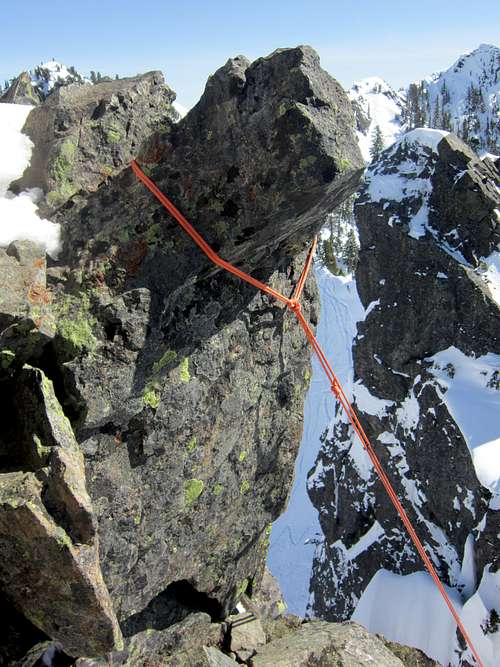
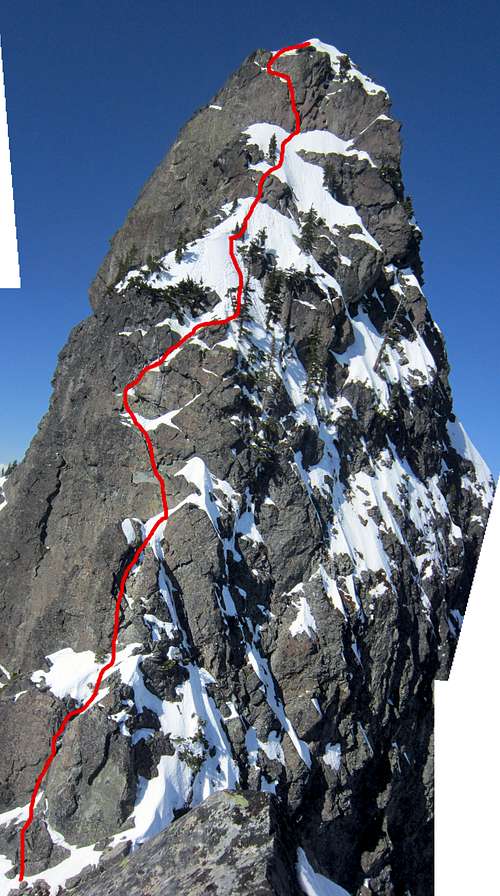
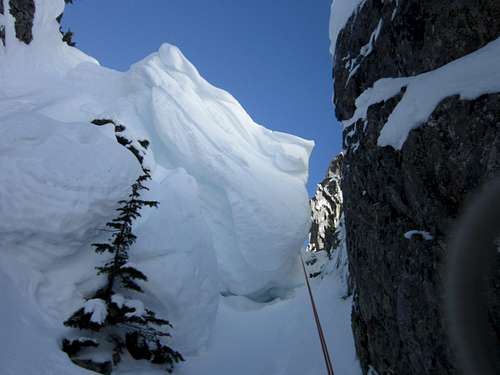

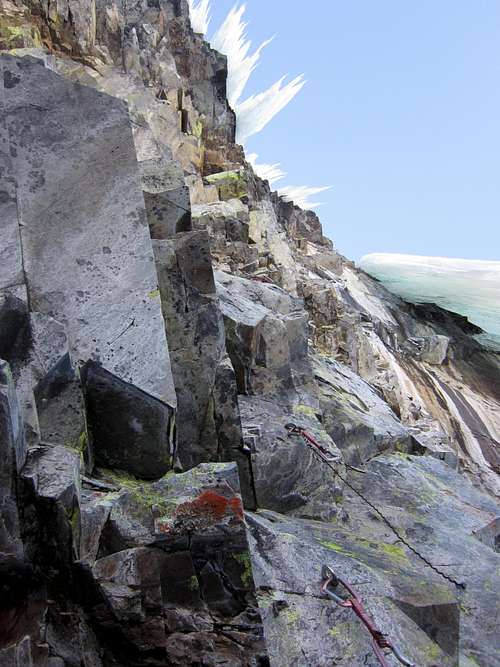
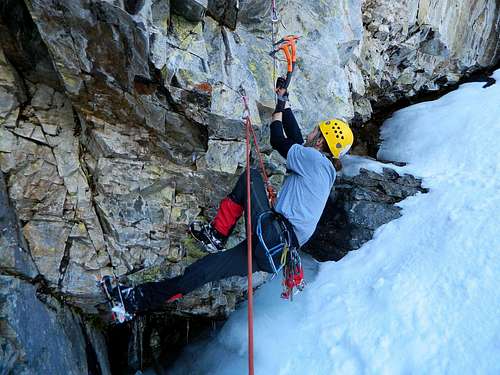

Comments
Post a Comment